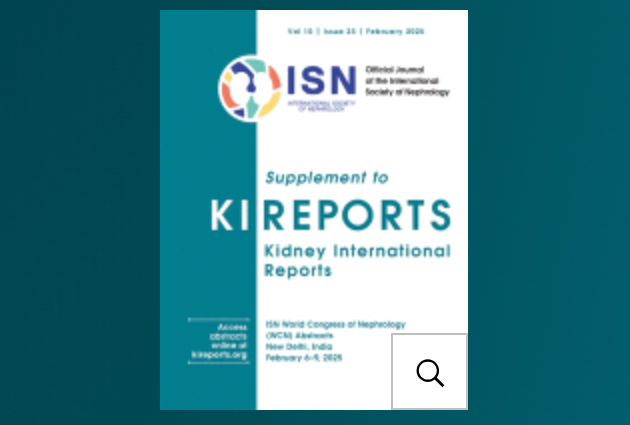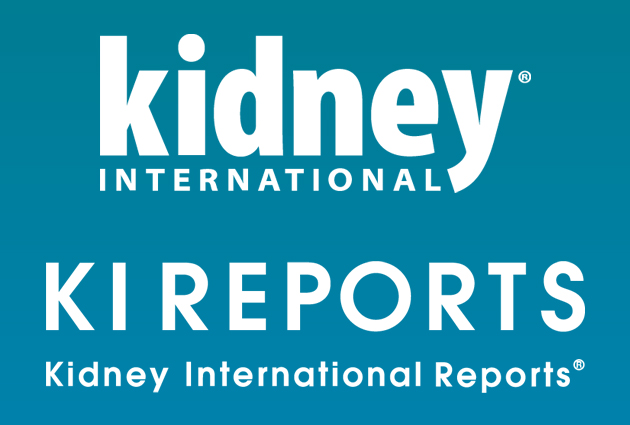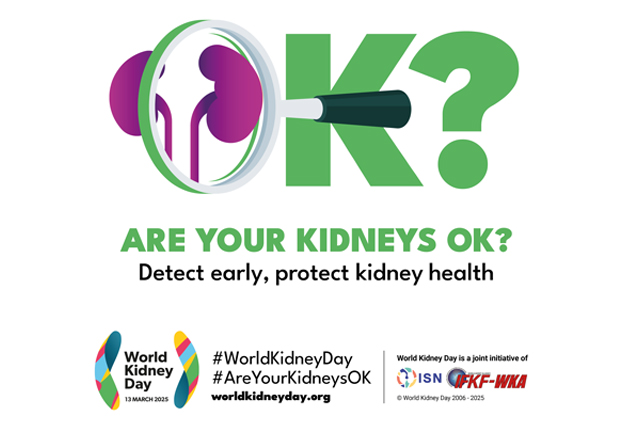Young ISN Members Reflect on Working Conditions During the COVID-19 Pandemic
Young ISN members continue to work on the frontline of the COVID-19 pandemic. Rhys Evans, a member of the ISN Young Nephrologists Committee, asked young ISN members from India, Ecuador, and Nigeria, to reflect on their experiences.
Read reflections from other young ISN members here.
Find resources relating to the COVID-19 infection here.

Reflections from Chandigarh, India
Joyita Bharati, Assistant Professor, Chandigarh, India
Health care systems across the world are bearing the brunt of COVID-19. Cases continue to increase in India despite the country being in an extended lockdown of all non-essential services since March 24, 2020.
The fear of transmission of COVID-19 led to the closure of many private dialysis units across the country and, hence, many patients were under-dialyzed or not dialyzed at all. We get referrals from various states and the number of patients who present with symptoms due to inadequate dialysis has increased remarkably. Most of them are patients on chronic dialysis and present with increasing shortness of breath, with or without fever. Once tested for COVID-19, these patients are shifted to a designated COVID-19 wing of the hospital. While waiting for the COVID-19 report, which takes a few hours, most of them need urgent dialysis.
There is a significant overlap between pulmonary edema-related bilateral lung shadows and COVID-19 pneumonia-related bilateral lung shadows. Most often, patients with fluid overload do not manifest characteristic lung shadows with peripheral sparing, and lung ultrasound B-lines used to monitor patients, along with bilateral involvement, are present in both conditions. Moreover, septal thickening and pleural effusion are also seen in severe COVID-19 pneumonia. Unless the patient has multi-organ dysfunction with hematological involvement, excluding COVID-19 pneumonia in a chronic dialysis patient, especially if previously inadequately dialyzed, is difficult.
In the absence of universal and standard testing policies, appropriate allocation and adherence of personal protection equipment are likely to help prevent transmission of COVID-19 in dialysis units and allay fear amongst private centers catering to large patient populations.

Reflections from Cuenca, Ecuador
Diego Coronel Aguilar, Nephrologist, Cuenca, Ecuador
I am a Nephrologist in Cuenca, Ecuador. Cuenca is the third biggest city in Ecuador. Currently, we have 43120 cases in Ecuador, and about 3621 deaths with PCR tests confirmed mostly in Guayaquil. The situation is getting worse every day because the number of cases is increasing around the country. The number of cases in Cuenca is 884.
We have two main hospitals in the city. I work in one of them, Hospital Jose Carrasco Arteaga (Figure 1), which is a public hospital. Unfortunately, at the moment, the situation does not seem under control because the hospital has a lot of COVID-19 patients and the number of cases is changing every week. The number of patients in ICU is variable: the unit has a total of 12 beds, but at this time, no beds are available.
Nephrologists here are currently part of a back-up team in case the situation becomes critical. We received training courses on the clinical management of COVID-19 and the orotracheal technique. At the same time, we are doing night shifts to support the main COVID-19 team in general patient care.
Within the nephrology department, we have not had many cases yet: one kidney transplant patient, one chronic dialysis patient, and two with acute kidney injury, out of approximately 25 patients in total. I think, in the beginning, we had the situation under control because the population was strictly following the government recommendations to quarantine and practice social distancing and good hygiene. But these measures are being progressively lifted.
I also work in a dialysis unit where we carry out triage and isolate patients with respiratory symptoms until the test for COVID-19 can be done. If the test is positive, the patient has to be isolated in the unit or a specific area within the unit. We’ll see how the situation goes, but to be honest, I am not very optimistic!
Hospital Jose Carrasco Arteaga, Cuenca, Ecuador

Reflections from Ife, Nigeria
Oguntade Hameed, Senior Registrar, Nephrology Unit, Obafemi Amolowo University Teaching Hospital, Ife, Nigeria
Health care systems across the world are bearing the brunt of COVID-19. Cases continue to increase in India despite the country being in an extended lockdown of all non-essential services since March 24, 2020.
The fear of transmission of COVID-19 led to the closure of many private dialysis units across the country and, hence, many patients were under-dialyzed or not dialyzed at all. We get referrals from various states and the number of patients who present with symptoms due to inadequate dialysis has increased remarkably. Most of them are patients on chronic dialysis and present with increasing shortness of breath, with or without fever. Once tested for COVID-19, these patients are shifted to a designated COVID-19 wing of the hospital. While waiting for the COVID-19 report, which takes a few hours, most of them need urgent dialysis.
There is a significant overlap between pulmonary edema-related bilateral lung shadows and COVID-19 pneumonia-related bilateral lung shadows. Most often, patients with fluid overload do not manifest characteristic lung shadows with peripheral sparing, and lung ultrasound B-lines used to monitor patients, along with bilateral involvement, are present in both conditions. Moreover, septal thickening and pleural effusion are also seen in severe COVID-19 pneumonia. Unless the patient has multi-organ dysfunction with hematological involvement, excluding COVID-19 pneumonia in a chronic dialysis patient, especially if previously inadequately dialyzed, is difficult.
In the absence of universal and standard testing policies, appropriate allocation and adherence of personal protection equipment are likely to help prevent transmission of COVID-19 in dialysis units and allay fear amongst private centers catering to large patient populations.





